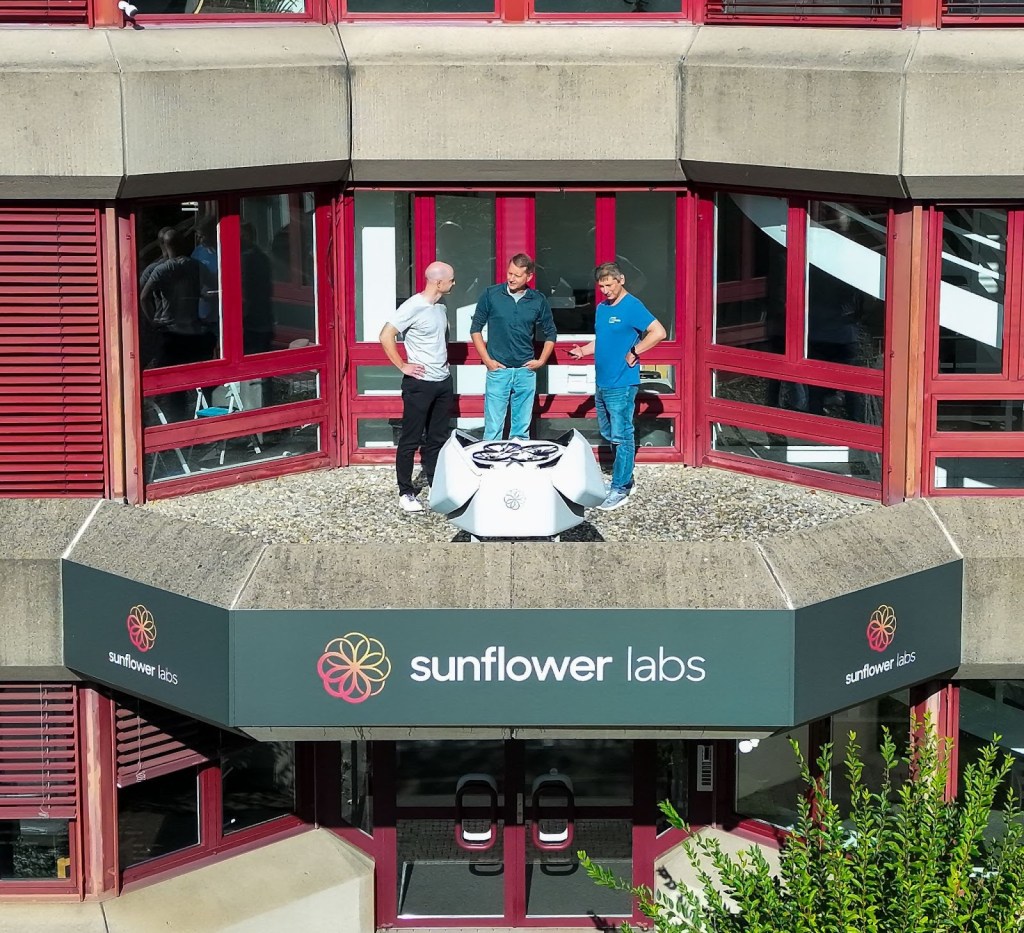With the “Beehive,” Alex, Chris, and Nick are shaping the future of real-world security.
Published November 4, 2025
Imagine you’re a night watchman for a self-storage facility, alone at your station at 2 a.m. A motion sensor goes off near the back fence, but a quick scan of your security cameras shows nothing. You head over to the area, calling the police on your way, but by the time you find the three cut padlocks in the last row of units, it’s too late. The thief has disappeared into the darkness—along with your customers’ belongings.
Security is a rising concern for owners of large outdoor properties, including data centers, stadiums, and warehouses, around the world. Theft, vandalism, and trespassing are costly not only in terms of repairs and insurance payments, but also rep…
With the “Beehive,” Alex, Chris, and Nick are shaping the future of real-world security.
Published November 4, 2025
Imagine you’re a night watchman for a self-storage facility, alone at your station at 2 a.m. A motion sensor goes off near the back fence, but a quick scan of your security cameras shows nothing. You head over to the area, calling the police on your way, but by the time you find the three cut padlocks in the last row of units, it’s too late. The thief has disappeared into the darkness—along with your customers’ belongings.
Security is a rising concern for owners of large outdoor properties, including data centers, stadiums, and warehouses, around the world. Theft, vandalism, and trespassing are costly not only in terms of repairs and insurance payments, but also reputation and lost business—and at public facilities like airports, the stakes are even higher. When you have miles of ground to patrol, cameras and human guards can only do so much, so quickly—and when you’re facing a security threat, every second counts.
Now imagine this, instead: within five seconds of that motion sensor trigger, a drone automatically takes off. It arrives at the fence long before you do—recording every second as you watch live. Humming overhead, the drone is impossible for the intruder to miss, and they flee before any damage is done.
This is the peace of mind made possible by Sunflower Labs, the company transforming how commercial campuses, critical industrial sites, and communities defend themselves. Sunflower’s “Beehive” is an AI-powered drone system that can patrol acres of properties with zero manual intervention and in almost any weather, detecting everything from people and vehicles to water leaks and fires. A new FAA approval ensures the system can operate across 99% of the U.S., keeping customers ahead of both current and planned future regulations. The system has the potential to become a core component in the future of physical security—and it’s a 10x cost advantage compared to traditional patrols.
 NICK, CHRIS, AND ALEX WITH THE BEEHIVE.
NICK, CHRIS, AND ALEX WITH THE BEEHIVE.
Sunflower co-founders Alex Pachikov, Chris Eheim, and Nick de Palézieux have designed an incredible product, combining resilient hardware with easy-to-use software and integrating with a host of existing security solutions. This intentional craftsmanship is no surprise, given the technical background of the founders and their team. Many Sunflower engineers come out of ETH Zürich—one of the best universities in the world for drone and robotics technology.
Customers are as impressed as we are with both the team and product. A Swiss railway system deterred thieves, graffiti artists, and trespassers. A community in Los Angeles improved coverage for its residents. A self-storage company uses Beehive to protect their facilities, check on maintenance issues, and more. And with this round of funding, Sunflower will leverage AI to take their already exceptional product to the next level, to deepen their partnerships with other security platforms, and to bring the beehive to an even larger global audience.
The future is bright for Alex, Chris, Nick, and their growing team—and thanks to them, it is more secure for us all.
JOIN OUR MAILING LIST